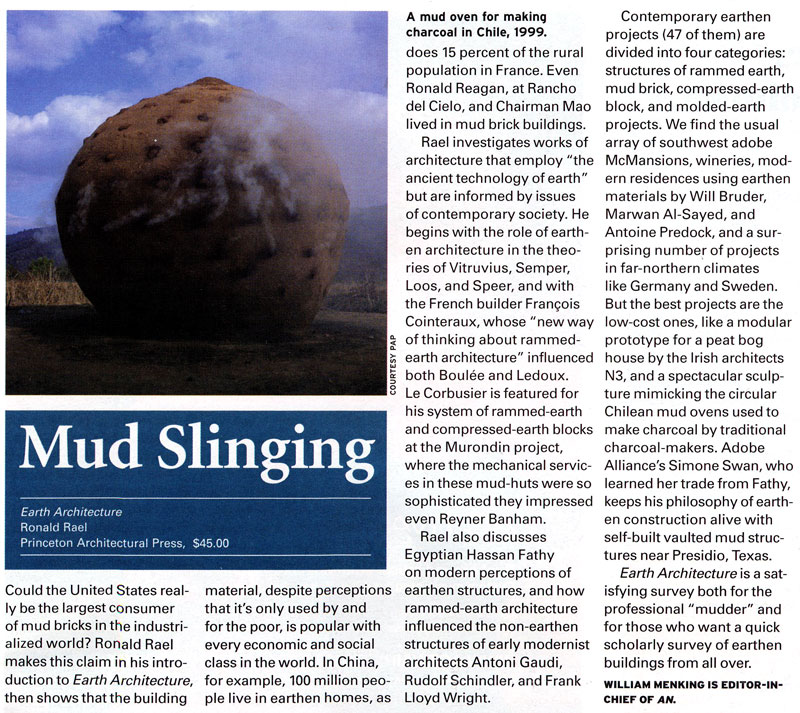The Earthbuilder clasps a clump of clay-rich earth, with hands work-hardened,
earth mixed with chaff and chopped straw, all just dampened,
then moulds the soil that one hand holds, confidently shaping a rustic ball.
The Earthbuilder looks into the ball as if to watch futures revealed,
to witness the world to be rebuilt, an earth to be healed.
There are familiar spirits here, we hear their call.
This cob is placed on the foundation, on those good shoes.
At this signal many more hands join in, each muddy handful pressed onto growing rows.
A community evolves and a home begins to rise this way.
It is a simple and ancient thing, a child’s game at times, to build with earth this way,
being both right work and equally right play.
The goal is as serious as dirt, as wise as clay.
Walls moulded by a gathered strangers to hold a family and their friends.
If newly improvised rituals of earthbuilding gain good ends,
the home will be a fertile soil to enfold and nurture the lives of those within.
With many hands sculpting the mass, the house grows from of the land.
With good shoes and a good hat, a home will stand.
Work goes on as hours pass, and new days begin.
A community evolves as a human home rises, ex humus, out of the soil:
a home evolves as a human community rises, ex humus, out of the soil,
Humans grow from the clay, ex humus, into the light of a new day.
Poem ©Chris Green, Feb. 2009


